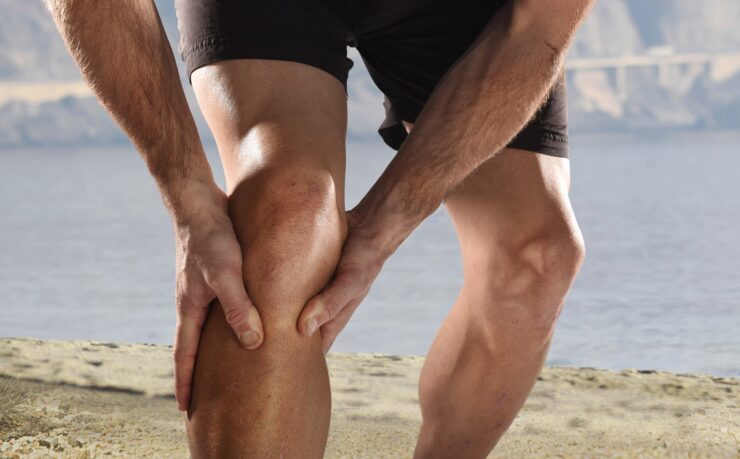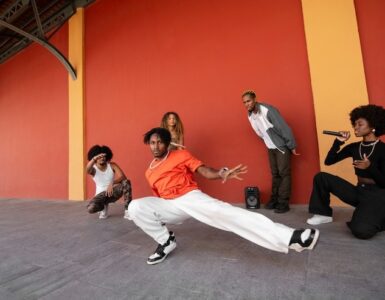Young people in their twenties and thirties are more prone to injuries than their youthful selves, and injuries are very prevalent in adult leisure sports leagues. Whether from a little ankle twist or an unintentional collision with a player fortunately, Clifton, NJ orthopedics provides a treatment strategy for your sports injuries.
Jammed and broken fingers
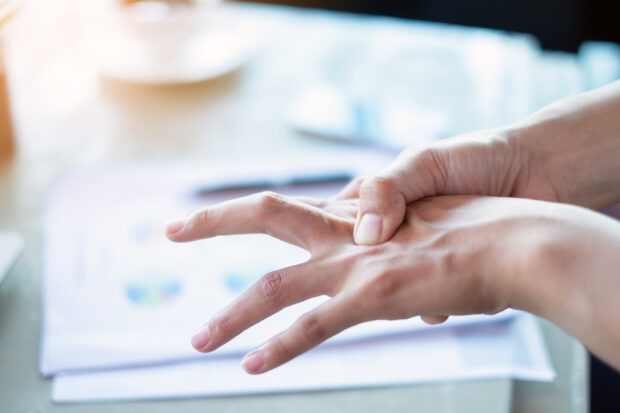
Many jammed fingers result from playing basketball, football, softball, and volleyball. Most of the time, jamming your finger does not cause substantial harm. The best course of action in these situations is resting, bracing, compression, icing, and elevation. But it is critical to understand when to visit a doctor.
Rolled Ankles
When changing directions when playing an intramural activity, such as basketball, soccer, or football, it is pretty simple to roll your ankle. To reduce swelling and inflammation, you should first relax, apply ice, and elevate your ankle. An ankle brace might also help with mild walking discomfort. You should see your doctor right away if you have significant ankle pain that won’t go away.
Knee Injuries
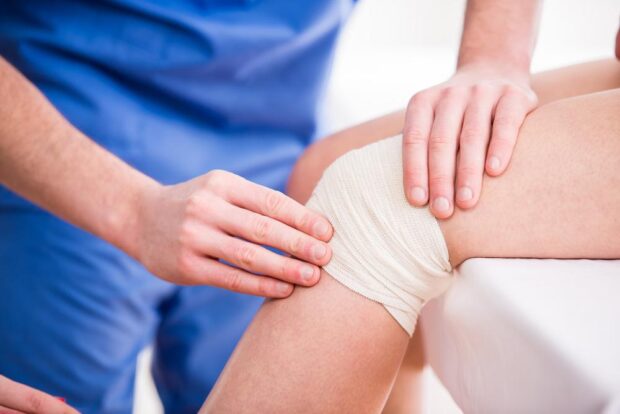
Knee discomfort is common among young, active individuals, whether from wear and tear or hyperextension during a game. Any injury that restricts the knee joint’s motion may qualify as a sports injury. It might be anything from an overstretch to a muscle or tissue rupture in the knee.
Achilles tendon rupture
The Achilles tendon is a thin, powerful tendon at the back of your ankle. This tendon may rupture or tear when playing sports. When it happens, you could feel abrupt, excruciating pain and have trouble walking.
Dislocations
Sports injuries may cause bone dislocation in your body. When it happens, a bone is ripped from its socket. This may cause swelling and weakness, which can be painful.
Sprains and strains
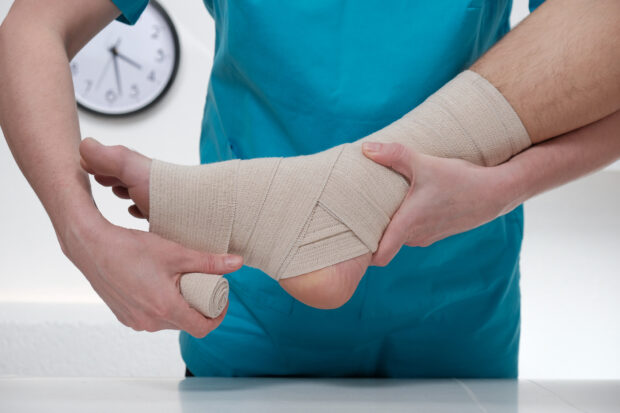
A sprain happens when the ligaments are overextended or torn. Ligaments are tissues that link two bones together at a joint. A strain happens when muscles or tendons are overstretched or torn. Tendons are thick, fibrous strands of tissue that join bone to muscle.
Fractures
Impact and contact sports often lead to fractures of the bone (mostly arms, legs, and feet), which can be painful, take weeks of immobilization to heal, and may sometimes require surgery to correct. Fractures are an inherent risk with most strenuous and contact sports, but you can reduce the risk by wearing the appropriate padding, warming up, and working out to keep muscles strong and flexible.
Preventing sports injuries
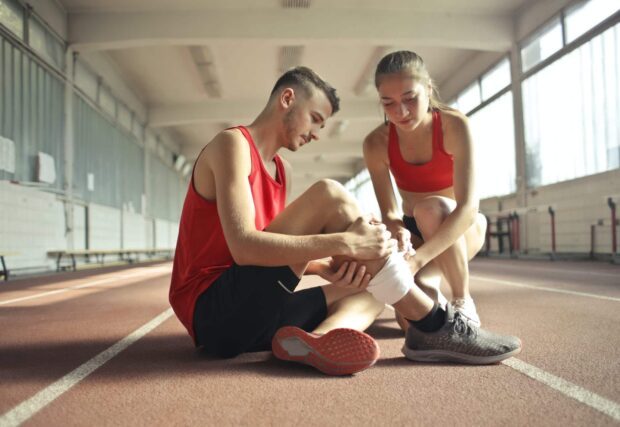
One of the best ways to prevent sports injuries is to train properly for any athletic activity you will perform. For example, adequately training for a marathon will dramatically decrease your chance of injury. Alternatively, if you decide to start a new exercise regimen, like CrossFit, start cautiously and work your way up.
In addition, you should dress in suitable, well-suited attire for the activity you have selected. Adults should vary between strength training and aerobic activity rather than performing the same action repeatedly. Children should participate in a variety of activities to prevent overspecializing in one sport. Children and adults also should get adequate rest between training sessions to prevent over-exercising. Call Garden State Pain & Orthopedics to schedule your appointment for sports injuries treatment.

